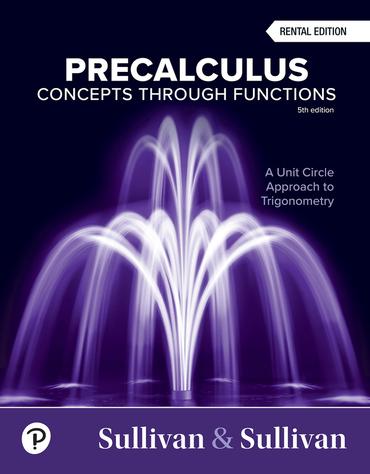Question
Question: 1) Create scatter chart of the raw data in a new worksheet. (15 marks)?? ? a. Show all of the values for each of
Question:
1) Create scatter chart of the raw data in a new worksheet. (15 marks)??
?
a. Show all of the values for each of the two dependent variables against the value of the independent variable. (6 marks)??
??
b. Assuming that the counts are accurate within 5%, add 'error bars' to those values for each dependent variable at each thickness. (1 mark)??
??
c. Add a linear trend line for each series, and make sure the equation and the coefficient of determination (R2) are both shown for each trendline. (2 marks)??
??
d. Add an exponential trend line for each series, with the equation and the coefficient of determination showing for each. (1 mark)??
??
e. With the use of appropriate formatting (titles, labels, axes, location, colour, bold face, line, thickness, etc.), improve the chart to show what you can about these two series of data. (3 marks)??
??
f. With the use of appropriate formatting, highlight the trend line and related labels that you think better describe each series. (2 marks)??
??
As we can see, we could manipulate this data further!??
??
2) Transform the data provided. (5 marks)??
??
a. In a new column for each material, use the LN function to calculate the natural logarithm (exponent base e) for each counts value - we can call this Ln(counts). (4 marks)??
??
b. Use appropriate formatting (fill colour, borders, font colour/style/size), ensure the new columns are clearly marked as not original data. (1 mark)??
??
3) Create scatter chart of the transformed data in another new worksheet. (5 marks)??
??
a. Copy the earlier chart. For each of the two data series, change the dependent variable source from the raw data columns to the transformed data column. (3 marks)??
??
b. Examine the trend lines; keep only the best one per data series. (1 mark)??
??
c. Update the titles, axis labels and so forth to accurately represent the contents of the new chart. (1 mark)??
??
Examine the coefficients in the equations for the trend lines for each variable in each chart, and their coefficients of determination. You should see that the coefficients for the exponential trend line on the first chart are exactly the same as those for the linear trend line on the second chart. Think about why that is.??
4) Using the Data Analysis tool in Excel, perform four regression analyses. (10 marks)????
a. Perform a regression analysis for each dependent variable, with residual, probability and line fit plots: Al raw, Pb raw, Al transformed, and Pb transformed. Include each on a clearly-named separate new worksheet in your spreadsheet. (4 marks)??
??
b. Fill in the four tables in the 'Questions' tab of your spreadsheet. (6 marks)??
5) Share the absorption coefficients for each material and radiation (5 marks). The absorption coefficient is the negative of the slope of the transformed data, because the reduction in the counts reflects an amount of absorption of radiation. You must provide six significant digits.??
??
a. Fill in the chart in the 'Questions' tab of your spreadsheet. (5 marks)??




Step by Step Solution
There are 3 Steps involved in it
Step: 1

Get Instant Access with AI-Powered Solutions
See step-by-step solutions with expert insights and AI powered tools for academic success
Step: 2

Step: 3

Ace Your Homework with AI
Get the answers you need in no time with our AI-driven, step-by-step assistance
Get Started




